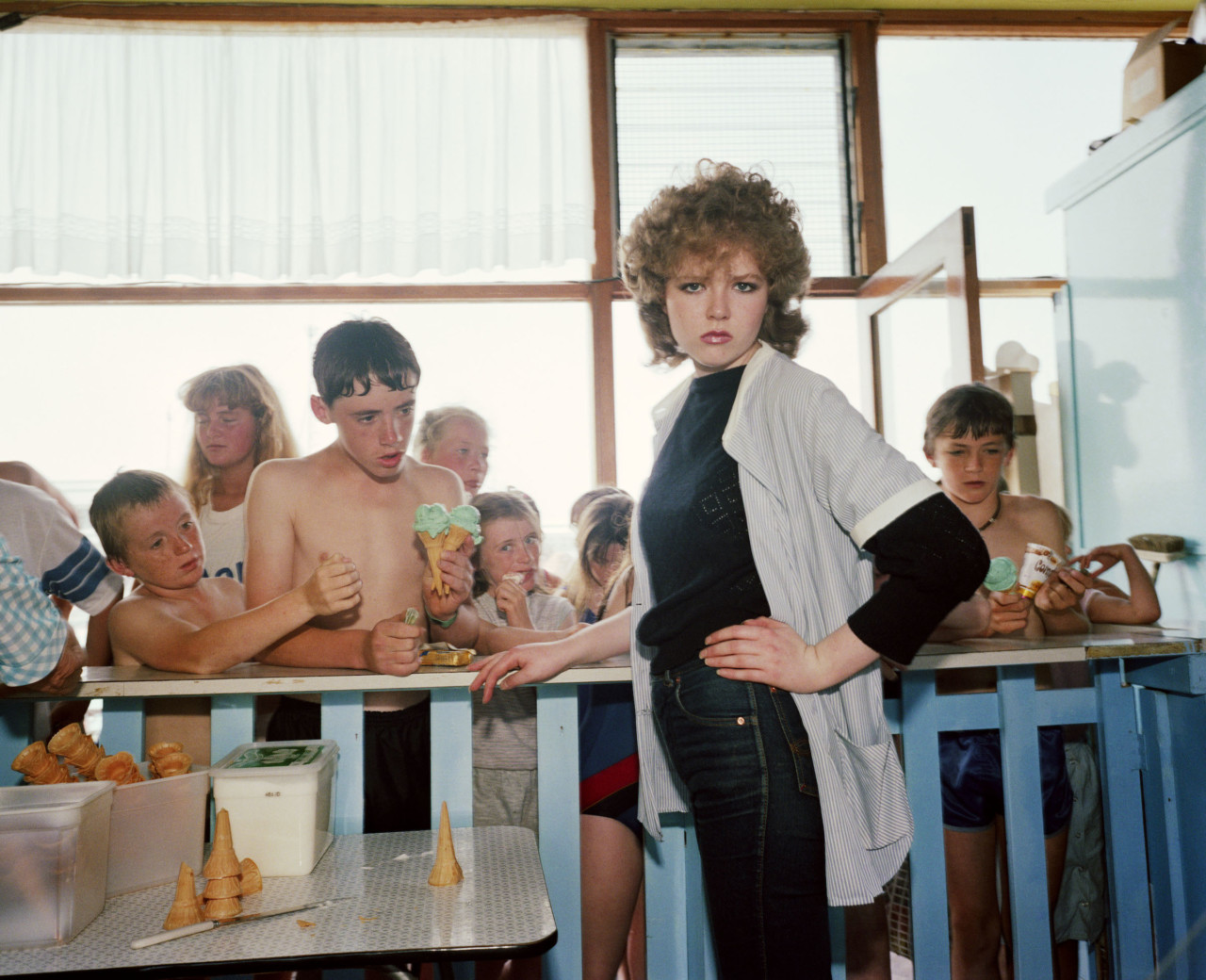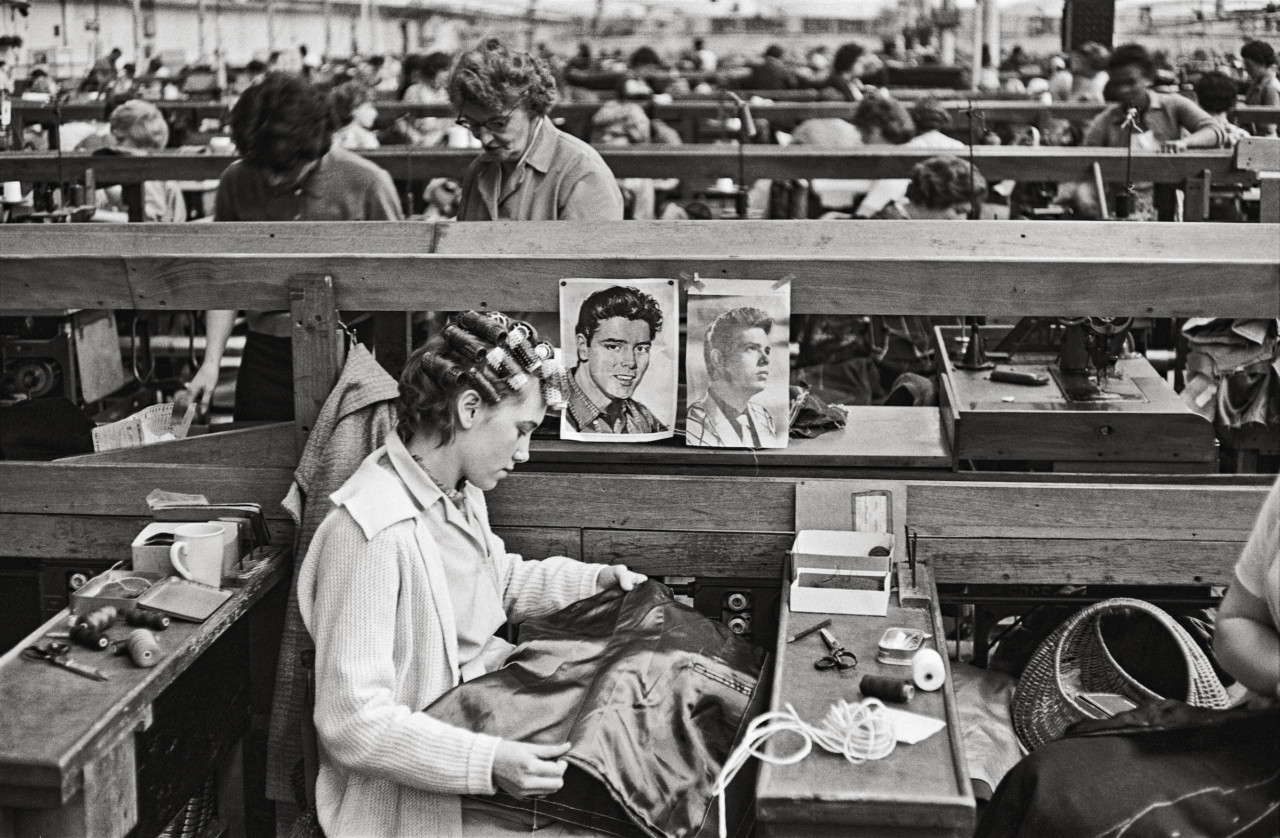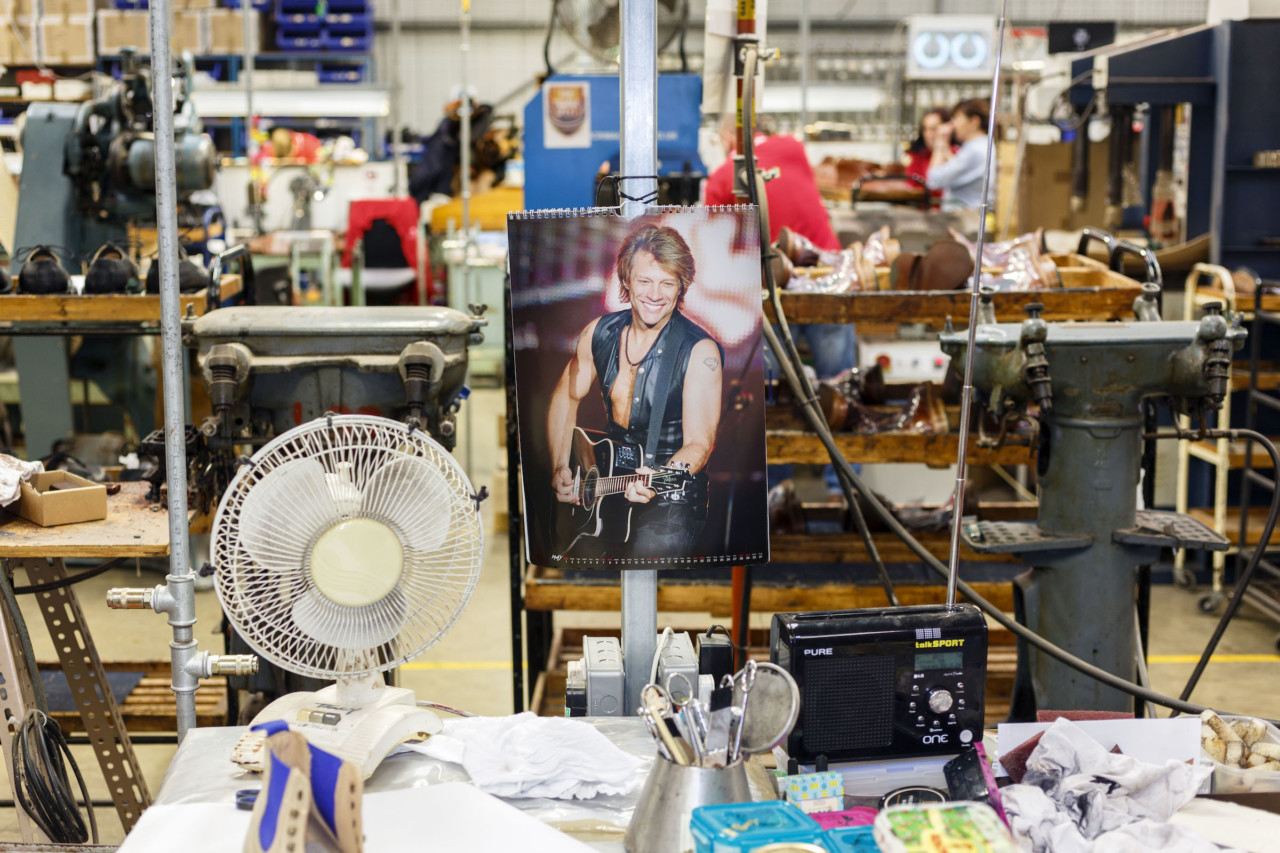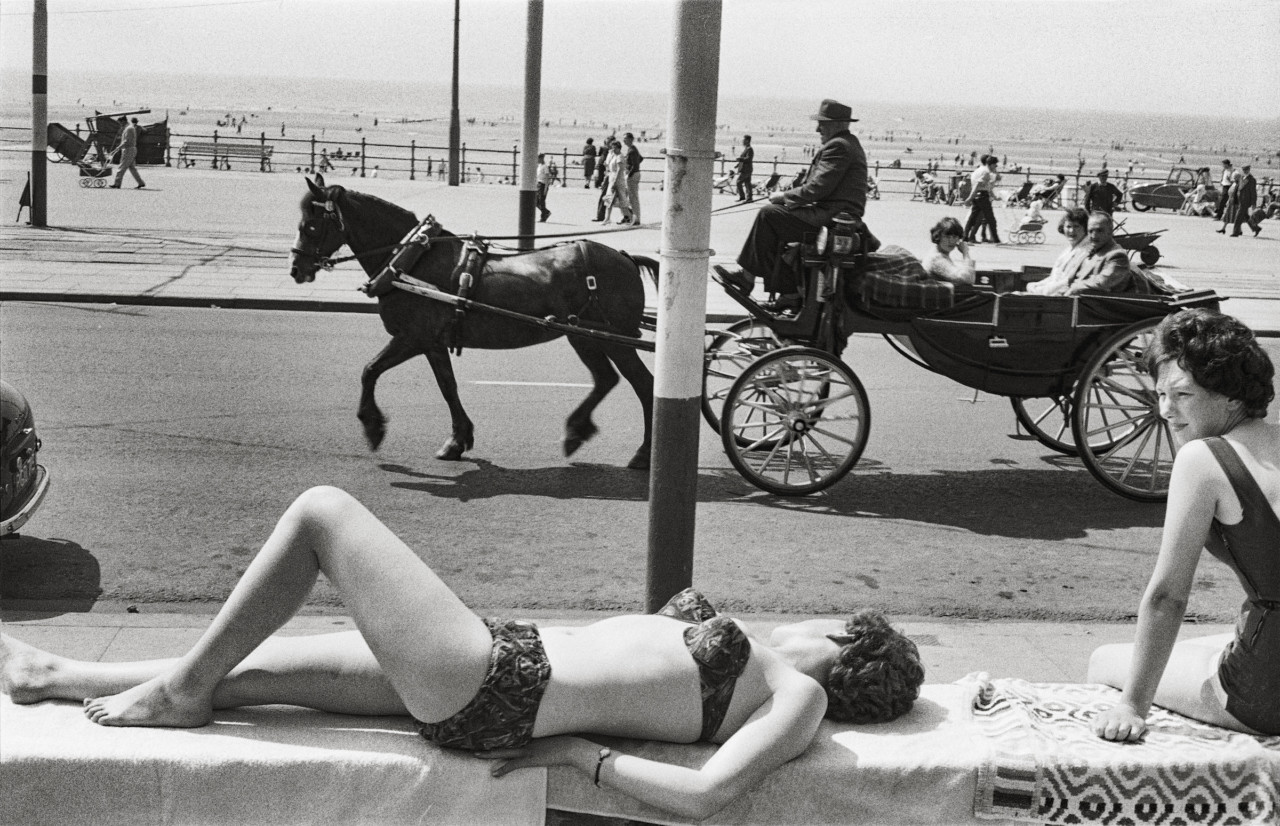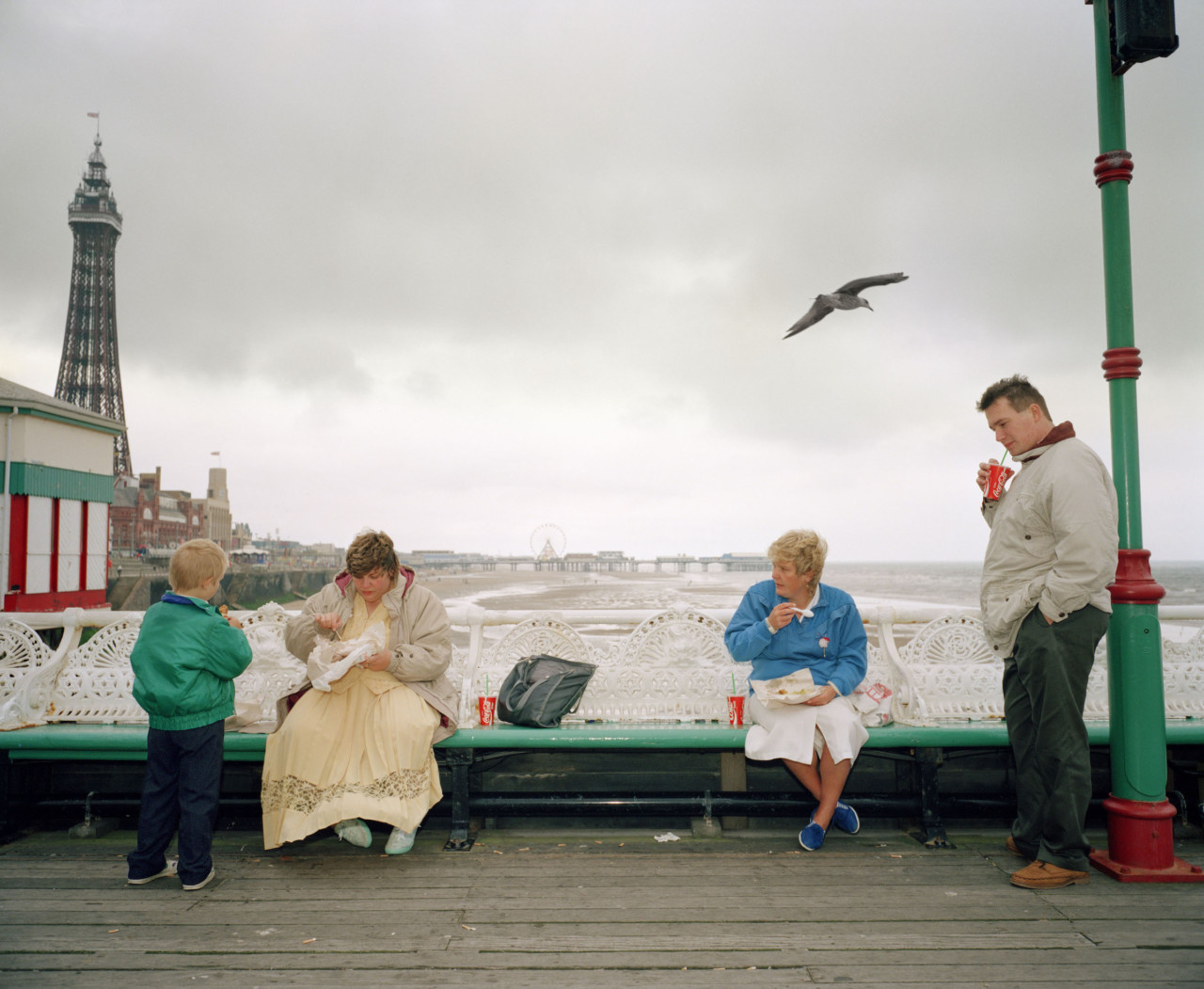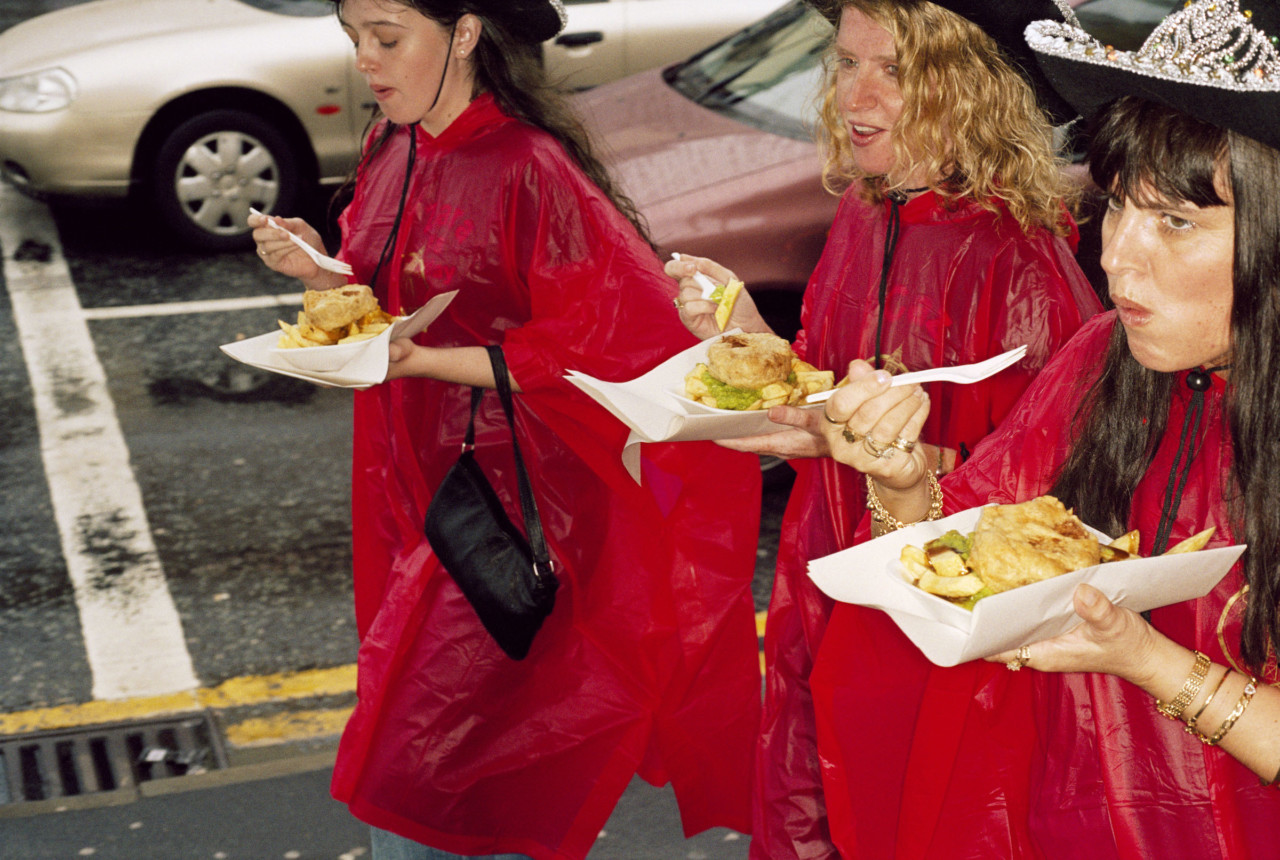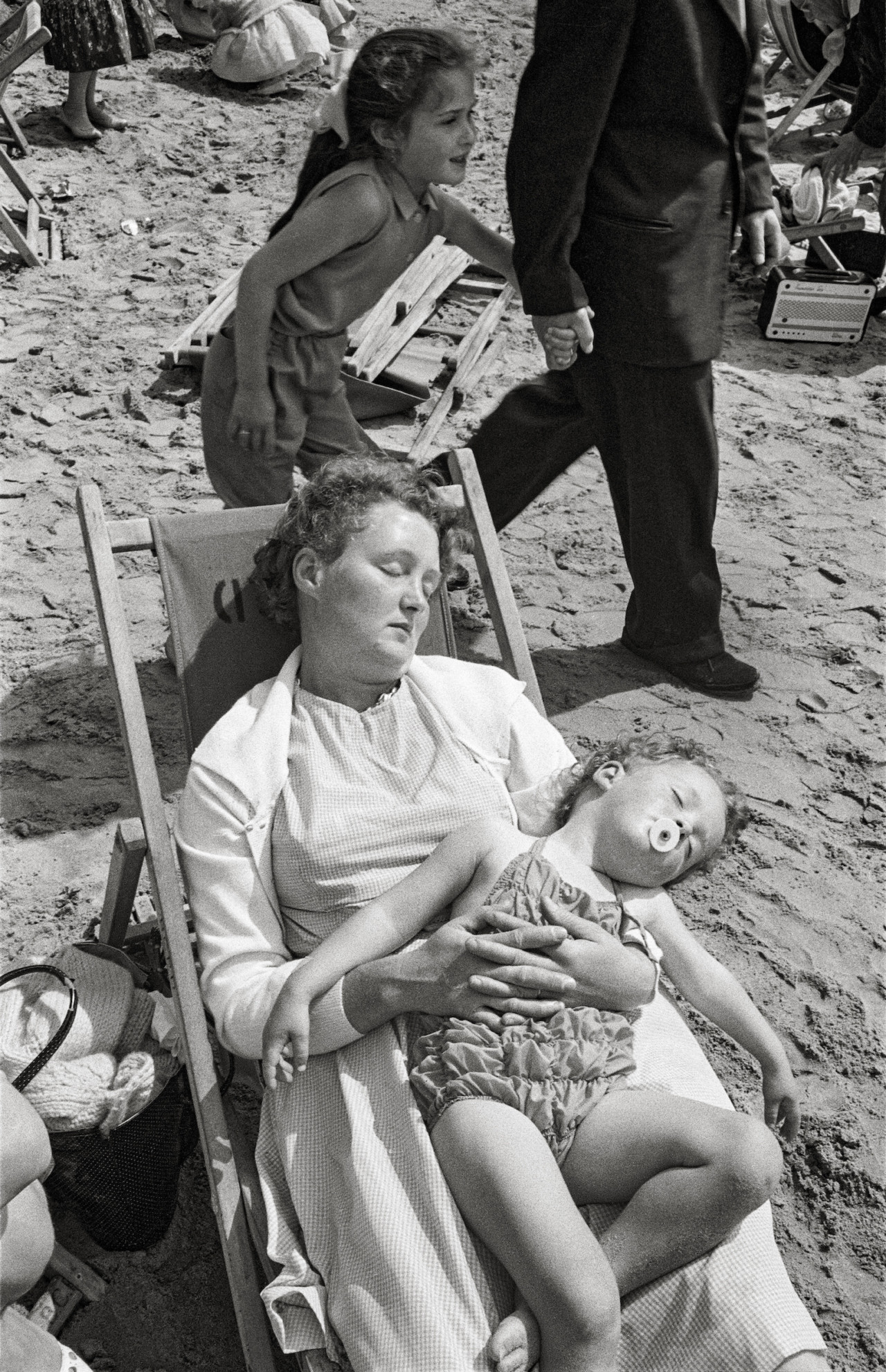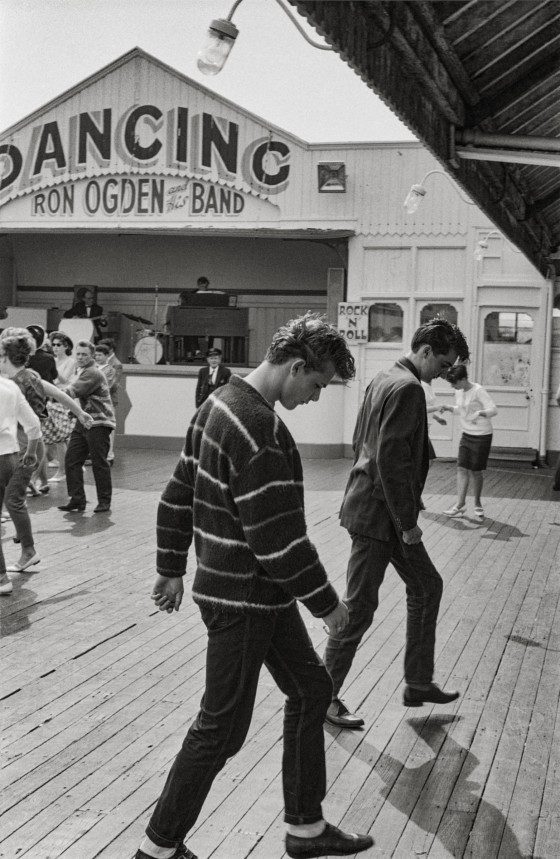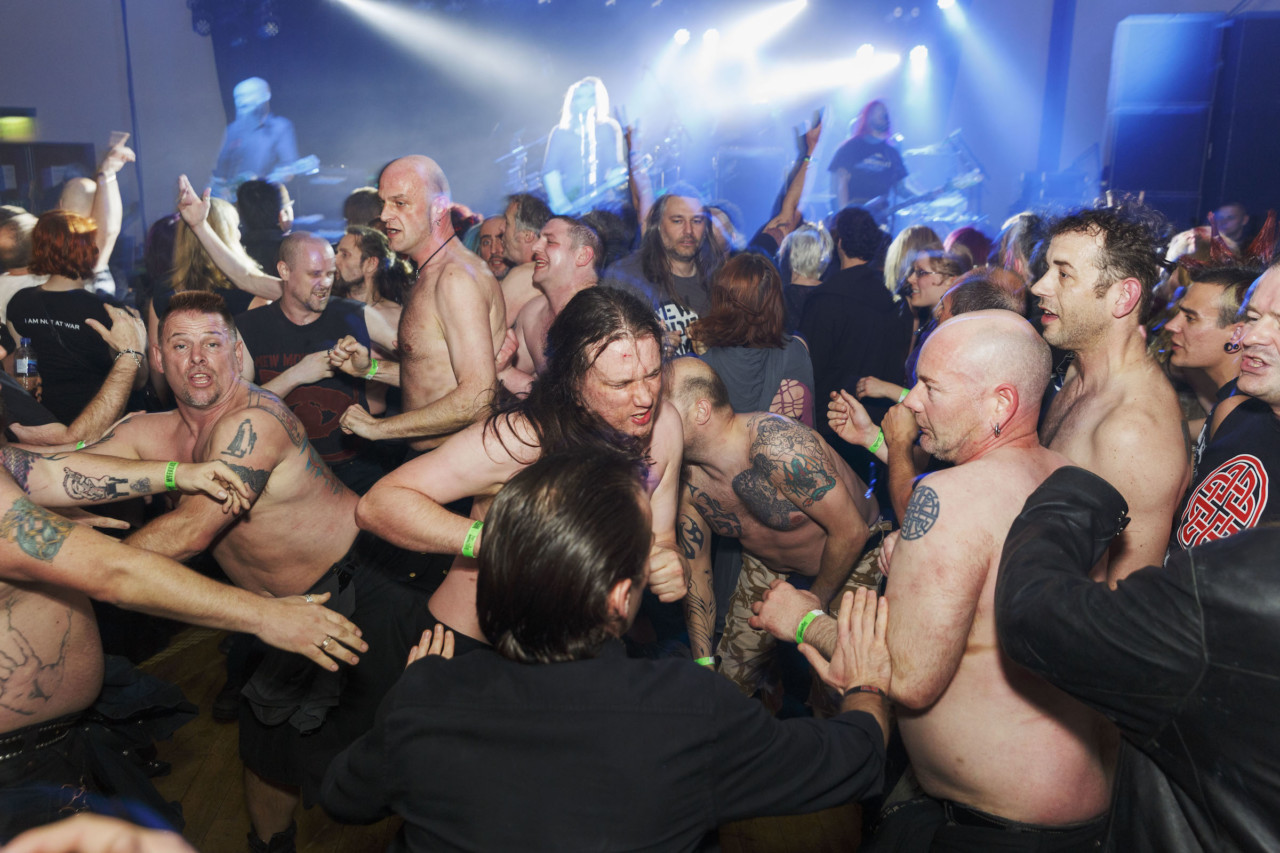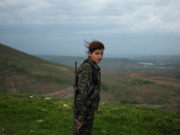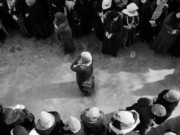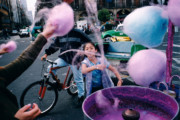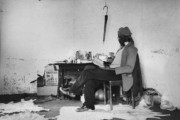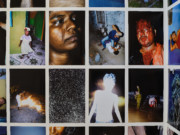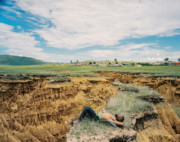Martin Parr x Henri Cartier-Bresson
Diane Smyth talks to François Hébel, the outgoing director of the Henri Cartier-Bresson Foundation, about his exhibition bringing together two of Magnum's most influential — yet seemingly diametrically opposed — photographers.
In 1994, Martin Parr became a full member of Magnum Photos, but his admission to the agency had been acutely divisive.
The Last Resort, his international breakthrough from eight years earlier, triggered both shock and acclaim for its highly original yet unromanticized view of a down-at-heel seaside town in northern England. Many perceived a cruelly mocking eye to his photographs from New Brighton. And his follow-ups, such as The Cost of Living (1989), in which he turned his attention on the middle classes, and Signs of the Times (1991), which examined perceptions of class and taste, only compounded that view.
One of his detractors was Henri Cartier-Bresson who had co-founded Magnum nearly five decades earlier, espousing the principle that all people share common experiences and should be photographed with empathy and solidarity. He believed Parr’s work to be the antithesis of this humanist approach, and told him so after seeing the Englishman’s latest series in Paris in 1995, opening up a notorious if short-lived spat by declaring, “We belong to two different solar systems”.
Parr faxed back his witty retort, answering, “I acknowledge there is a large gap between your celebration of life and my implied criticism of it… What I would query with you is, ‘Why shoot the messenger?’”
"Why shoot the messenger?"
-
The two photographers were eventually reconciled, brought together over lunch by Martine Franck, Cartier-Bresson’s wife and a fellow Magnum photographer. And now an exhibition at the Henri Cartier-Bresson Foundation, set up to honor the legacy of the Frenchman and his wife, returns to the quarrel.
Reconciliation brings together images by both Cartier-Bresson and Parr, plus the faxes between them, in an intriguing compare-and-contrast. It’s the brainchild of François Hébel, the outgoing director of the Henri Cartier-Bresson Foundation and former bureau director of Magnum’s Paris office, who got the idea when he was shown a long-lost film the Frenchman worked on in 1962, titled Stop Laughing – This is England. Using stills Cartier-Bresson shot in England’s industrial north (Blackpool in July; Liverpool, Manchester and Sheffield in October), plus the photographer’s commentary, the British television documentary portrayed the working class in their places of occupation but also afterwards and at play.
"I liked the idea straightaway. It wasn’t a hard sell at all."
-
Hébel was immediately reminded of Parr. In fact, the Englishman was “the first person I wanted to talk to about it,” he says. “The pictures, the sights, and the text are Martin Parr 25 years before, except it’s in black-and-white, and except also Henri is looking for things which are more of his concern, and he’s probably less frontal than Martin,” he adds. “It’s quite an amazing coincidence.”
Parr had never seen the film or the archive of images it was based on, but on doing so was equally struck, particularly as he’d photographed the same coastline — Blackpool Beach — on many occasions over three decades.
Similarly, Parr’s photographs from factories in the English Midlands, made in the 2010s, echo those shot by Cartier-Bresson two generations earlier in their mix of formalism and candid observation. And when Hebel suggested pairing his images with Cartier-Bresson’s for an exhibition and book, “I liked the idea straightaway,” says Parr. “It wasn’t a hard sell at all.”
Parr went back to his archive, picking out photographs with similar subjects to Cartier-Bresson’s, but avoiding The Last Resort on the grounds it’s already been widely seen, longlisting a wide edit of around 150 photographs, which Hebel then reduced to 50.
They are now showing at the Foundation opposite 50 photographs from Cartier-Bresson’s work, while in an accompanying book, Les Anglais/The English, co-published by Delpire & Co and RRB Books, the two sets of pictures start opposite ways up and at opposite ends, meeting in the middle — or rather, the two faxes meet in the middle. In doing so, both the book and show suggest a comparison, something Hebel describes as a “game”.
“They got interested in the same thing,” he explains, “though their way to approach it was different.” Parr adds: “There’s more overlap than you’d ever imagine. But that wasn’t very evident back in the day.”
It prompts the question as to why the original quarrel ever happened at all. Hébel points out how much Cartier-Bresson disliked color photography, of which Parr was an early pioneer in art and documentary photography, and that may have triggered the Frenchman’s reaction. Yet now that color is par for the course, other differences seem more striking: Parr was photographing people in his own country, Cartier-Bresson was not; Parr chatted with the people he photographed, Cartier-Bresson did not; Parr was middle class, Cartier-Bresson was haut bourgeoisie.
In his notes for Stop Laughing – This is England, Cartier-Bresson wrote that he found the English “as exotic as can be”, going on to observe two categories of the millions of annual visitors to Blackpool, including teenagers: “the young sharp boys surmounted by a congealed wave of hair, and their little girlfriends glittering like costume jewelry.”
“The comparison, 23 years apart, between Cartier-Bresson’s film and Martin Parr’s work in The Last Resort, which the Frenchman had once found so distasteful, is as disconcerting as his commentary,” writes Hébel in the book’s introduction. “You couldn’t make it up.”
Hébel suggests that Cartier-Bresson’s comment on exoticism is down to the period in which he worked, pointing out that in 1962 travel was much less common. By contrast, when Parr started his career, mass tourism was opening the world. And, in fact, Cartier-Bresson’s “different solar systems” reaction to Parr was a response to his series, Small World, a look at mass tourism shot in the 1980s and early 1990s.
But perhaps it’s not only that. The title of Cartier-Bresson’s acclaimed 1952 book, Images à la Sauvette, is usually rendered in English as ‘The Decisive Moment’, but is more closely translated as “images on the run”, which sounds a little more fleeting. Small World contains many images of tourists wielding cameras, traveling the world taking snapshots, and it’s by no means original to suggest a link between tourism and photojournalism.
Either way, it seems that if Parr’s position was openly questioned, perhaps Cartier-Bresson’s should have been too. As to whether they’re from one small world or two different solar systems, aren’t they both the same universe after all?
…………………………………………………………………………………………………………………………………………………
Reconciliation runs at the Henri Cartier-Bresson Foundation in Paris until January 29. View the full details here.
Shop the Martin Parr Collection here.


